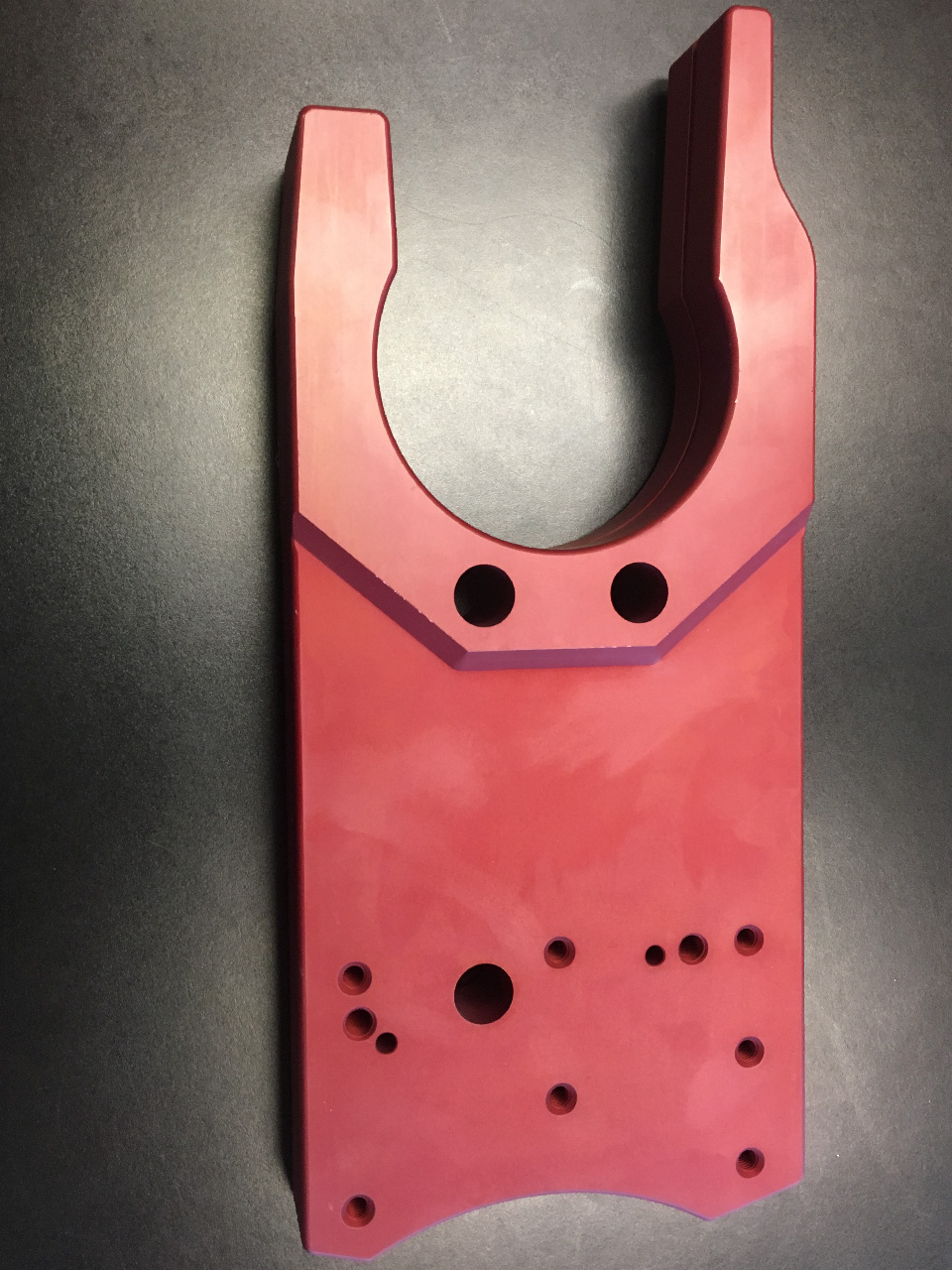Every fall there seems to be so much to do. There are conventions and trade shows in our business lives along with all the other activities in our personal lives that occur. You get so wrapped up in all these events, but then something happens that just makes you want to stand up and say something.
If you have read some of my blogs regarding sawguides, you know how passionate I am about them. That’s because really good, accurate, sawguides make sawmills more productive. However, at one trade show for sawmills that I recently attended, I saw something that caused me to lose my mind—and then some.
Why, you ask? Because what I saw was a whole bunch of red and coloured sawguides!
I have been talking a lot about how these coloured sawguides are anodized. That means all these coloured sawguides make good decorations for a Christmas tree, but not the industrial setting of a sawmill. Coloured sawguides contribute to poorer quality lumber because they wear out much quicker than sawguides that are manufactured with a more expensive engineering hardcoat.
It’s as if these vendors don’t care what they send to their customers. In fact, one vendor mentioned slyly that they were “only giving the customer what they wanted”.
Well, that is just wrong!
We all complain about car salespeople selling defective or lemon cars. We hate these people because, in many cases, they are knowingly selling defective vehicles. We all agree this is poor business practice, and would be upset if we purchased one.
The role of a good manufacturer is to give the customer the best product. Period. And when it comes to sawguides, they should never use coloured cosmetic anodizing. Cosmetic anodizing is cheaper to apply than the engineering hardcoat anodizing, and you get what you pay for. The truth is, cosmetic anodizing isn’t durable at all.
So what arguments do manufacturers have in favour of coloured cosmetic anodizing? Many argue that they’re colour-coded so the customer can differentiate between sawguides.
I can understand the need to differentiate sawguides when they come in many different sizes, which can lead to confusion. But that doesn’t mean you should use coloured sawguides. There are much better ways to make them easy to differentiate. You could label them, or you could use coloured inserts—to name a few.
The next argument which presents itself is when the customer insists on colour.
However, I believe education and consulting with the customer can overcome this. The problem is that many salespeople don’t wish to go through this extra effort because it might involve more work. Perhaps the salesperson doesn’t understand what they are selling. Either way, both are bad for the customer. It’s easier to take the order and walk away. Besides, the sawguide manufacturer can save money by using the cheaper cosmetic anodizing.
I know a few people in particular who read this blog will be smiling, but I can’t help myself. As someone who is involved in sawmills you should really be asking some tough questions when you see these coloured sawguides. Because they don’t last!
So instead, go for quality. Much like Henry Ford said about the Model T, “You can have any colour as long as it’s black.” Well, a worthwhile sawguide with an expensive engineering hardcoat should also only come in one colour: Grey.
The next time you see a sawguide which is not grey, you should know right away it isn’t right. Remember that just like the used car sales guy who knowingly sells you a defective vehicle, nothing good will come of this. The sawguide manufacturer walks away with your money, and what does he leave you with? An awful product and lots of problems.
Rant over. Your thoughts?
Author: Udo Jahn
Do you want the next article delivered to your Inbox? Subscribe here for ideas and tips on getting the most out of your mill.

